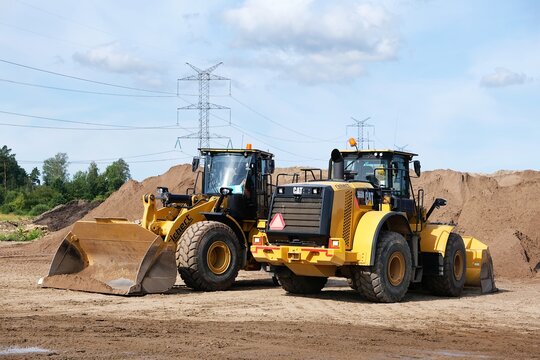Contact Us
RoadVision AI
Private Limited
Office No. 308 & 310, B Block
Ansal Chamber - 1, Bhikaji Cama Place,
Near Engineers India Limited (EIL) Bhawan, New Delhi - 110066
© 2024 | RoadVision AI | All rights reserved
The IRC Code 125-2017, published by the Indian Roads Congress (IRC), provides comprehensive guidelines on the usage of dozers for highway works. This document serves as a critical resource for highway engineers, contractors, and field personnel engaged in road construction and maintenance. It covers the selection, operation, maintenance, and safety standards of dozers, ensuring efficiency and sustainability in road infrastructure projects.

The primary objective of this code is to:
This guideline encompasses:
Dozers are categorized based on:
Major components include:
Dozer productivity depends on:
A practical productivity formula is provided in the code, considering factors like blade factor, cycle time, and correction values.
Proper upkeep includes:
Safety measures include:
The code aligns with India's emission norms for construction vehicles, promoting sustainable practices by reducing the carbon footprint of mechanized operations.
The IRC Code 125-2017 is an indispensable guide for the effective and safe use of dozers in highway projects. By adhering to these guidelines, stakeholders can ensure cost-efficiency, high productivity, and sustainable construction practices.
RoadVision AI is revolutionizing road infrastructure development and maintenance with its innovative solutions powered by computer vision AI. By leveraging advanced technologies, the platform conducts comprehensive road condition monitoring and traffic surveys, enabling early detection of surface issues like potholes and cracks for timely repairs and enhanced roads. Through traffic congestion analysis, RoadVision AI provides data-driven insights to address traffic congestion challenges and optimize road usage. With a focus on building smarter and more efficient road infrastructure, RoadVision AI ensures full compliance with IRC Codes, helping engineers and stakeholders reduce costs, minimize risks, and improve road safety and transportation efficiency.